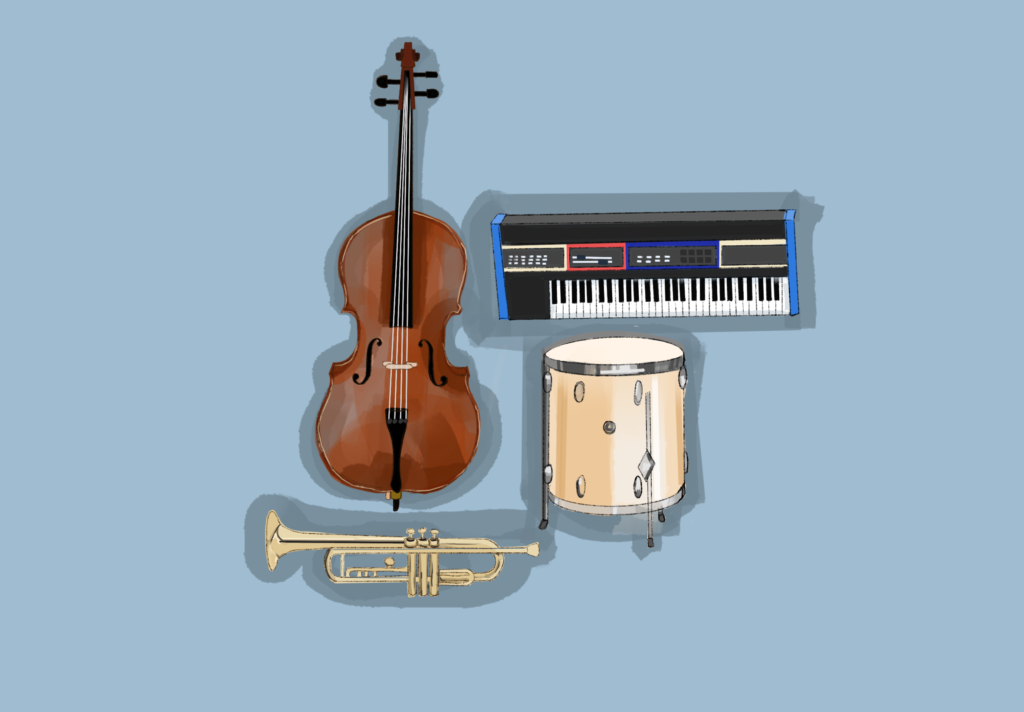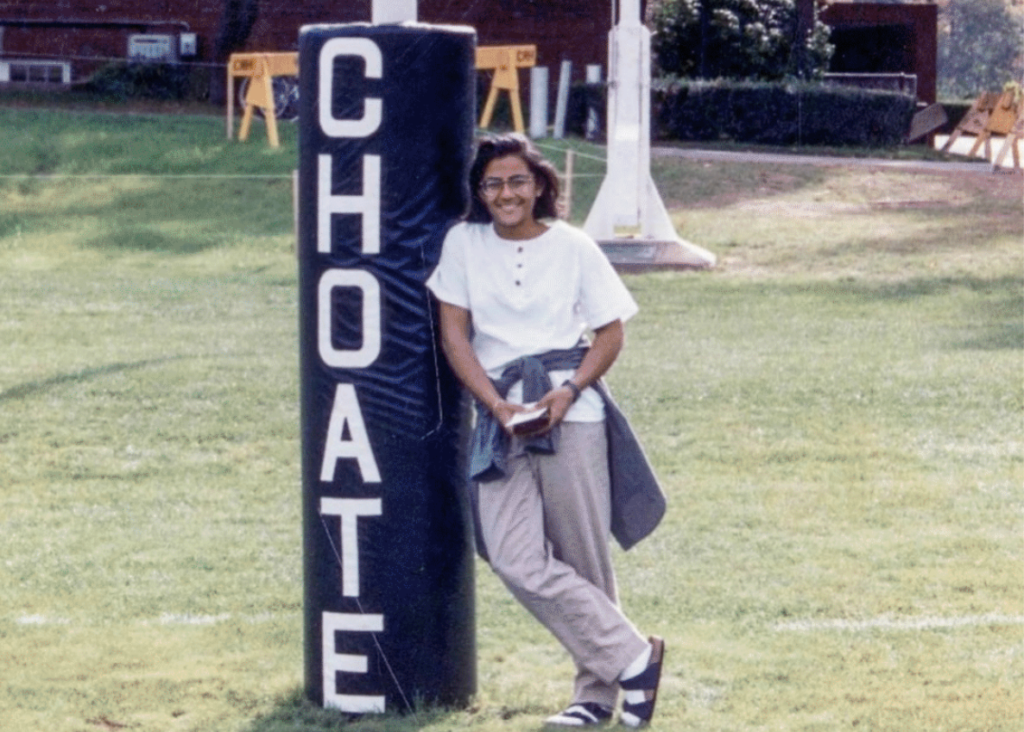If you’re asked to think of famous dancers and thespians, do images of elegant female ballerinas and actresses spring to mind? Maybe the answer is yes, since dance and theater both have long-standing reputations in Western culture as feminine disciplines.
Data from the Registrar’s Office reveals what appears to be a traditional breakdown of gender in Choate art classes. Of the 272 students who took dance classes between 2010 to 2019, 268 identified as female while only four identified as male.
The distribution of gender in the other three major branches of the arts is more balanced in comparison: 57% male to 43% female for all music classes and music ensembles, 49% male to 51% female for theater classes, and 53% male to 47% female for visual arts classes.
The great disparity can partially be attributed to the fact that some ensembles and groups are categorized as classes and counted in the data, such as chorus and orchestra, while others like Dance Company and afternoon dance are not.
Ms. Kalya Yannatos, Head of the Arts Department and dance teacher, said that while dance is notorious for being an almost all-female discipline, it has seen a steady rise in male participation in recent years. “I feel like there’s a trend in the direction of boys feeling safer and more comfortable with trying dance out,” she said. “From two years ago to this year, there have been a lot more guys coming to dance in the afternoons and Dance Company. To me, this shows that we’re making progress in terms of diversity.”
Ms. Yannatos emphasized that the arts faculty focus on creating an inclusive and welcoming environment in not only dance but in all of its programs. Referring to recent Choate graduate Clay Zachery ’19, Ms. Yannatos said, “Guys’ interest in the arts comes in waves. Clay really initiated the football team coming in to try out theater from sports and that might have been a breakthrough on some level,” she said. “Some people pass the dance studio and theaters a million times and never have a reason to come in, but other students can help draw them in and get a taste of the arts.”
Ethan Luk ’20 offered insight on being actively involved in the dance and theater programs at Choate as someone who identifies as male. Initially wary of joining dance due to the lack of male dancers at Choate, Luk discovered the Catch-22 of male participation in dance and theater: more guys would try the two art forms if there were a greater number of guys already in the programs. Acquiring the number of guys in the first place was more difficult.
“In my freshman year, I definitely didn’t join Dance Company because I was thinking, ‘I would be the only guy, that would be way too scary.’ I had to really push myself to do it,” Luk said. “Sophomore year, I remember showing up to ballet — I was the only guy, and everyone else had significantly more training than I did. Also, that year, there were only two guys in Dance Company out of forty people: just me and Scott Romeyn [’18].”
According to acting teacher Ms. Tracy Ginder-Delventhal, who has directed many Choate productions, there’s an even split between females and males in theater classes. However, involvement from guys in productions varies from term to term due to an overlap between student-actors and student-athletes. Winter often sees the highest number of guys auditioning because fewer sports compete in the winter season.
Ms. Ginder-Delventhal wondered if the connotations of theater posed a possible barrier for interested students. “The reality is that theater is often seen as being ‘avant-garde,’ and for some people that can be a really distinct personality that gets associated with theater in their minds. For some, that’s something they resonate with and really want to get to know more of, and for some others, it can be a little intimidating or not as encouraging,” she said.
Acting teacher Ms. Deighna DeRiu echoed the idea that dance and theater have established reputations that guys may shy away from. Although dance and theater are traditionally female-dominated art forms, Ms. DeRiu hopes the recent trend in the acceptance toward different gender identities and unconventional gender norms will inspire guys to try out dance and theater.
“We are very in tune with not judging people based on their outside appearance. We’re trying to not make a conscious judgment of someone like, ‘That’s a boy, and they’re going to play a boy role, and they’re going to do boy things in the play,’” Ms. DeRiu said. “Athletics have always been perceived as more ‘male’ and ‘masculine,’ but the community at large is slowly changing in the perception of people doing things that are not traditionally seen as masculine, like theater.”
Ms. Ginder-Delventhal highlighted the freedom of self-expression in theater and encouraged people to participate in theater as a performer or in the audience in spite of possible preconceived notions. “Theater is about embracing differences as well as similarities. We really allow people to think outside of the box and be their true, authentic selves,” she said. “Theater people tend to be really seen in shades of gray as opposed to black and white, so I think you can certainly be non-binary and be a football player, for example.”




